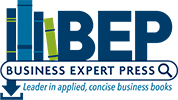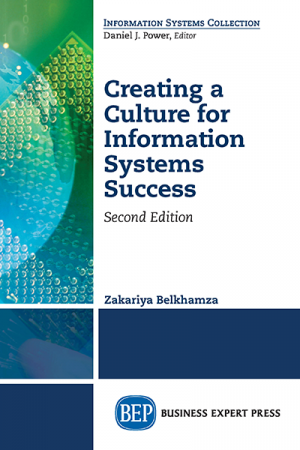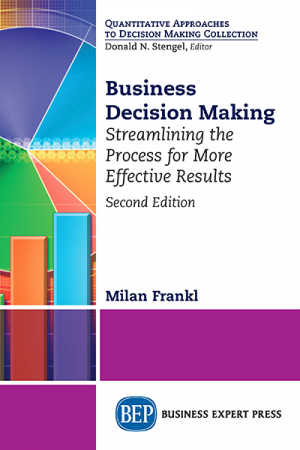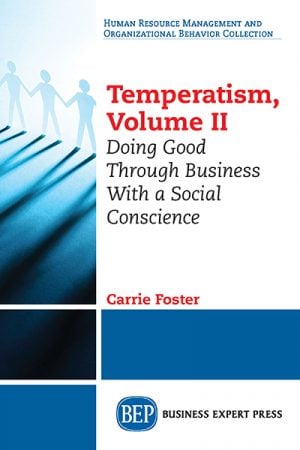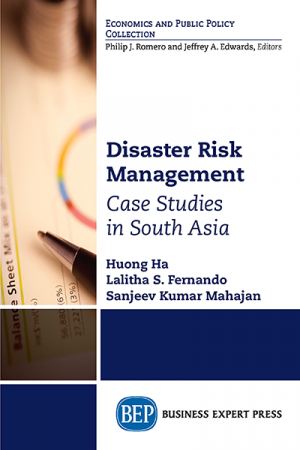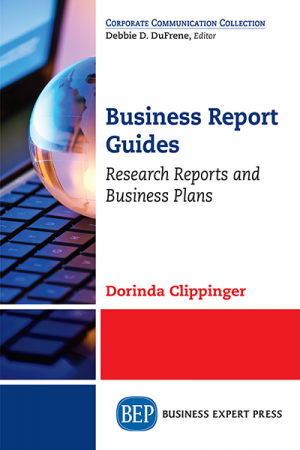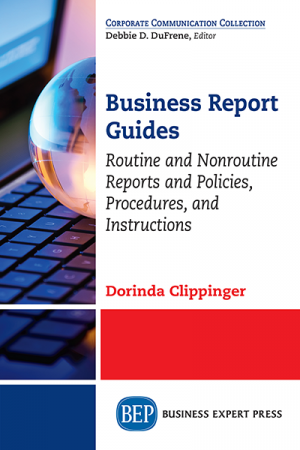Artist Development Essentials: The Key to Structuring a Sustainable Profile in the Music Industry
$26.99As a constantly evolving and developing industry, the music business environment continues to establish new standards in terms of operational efficiency, dynamics between the different parties involved in the professional cycles, and constructing and performing methodologies in the process of achieving the desired results that all the participants in the music world have to adapt to in order to establish a sustainable career.
Hence, the main purpose of this book is to provide practical advice suitable to both aspiring music professionals and artists that need detailed guidance in the process of developing the basis of a fruitful, promising, and sustainable profile, not only in terms of business performance, but psychologically as well.
